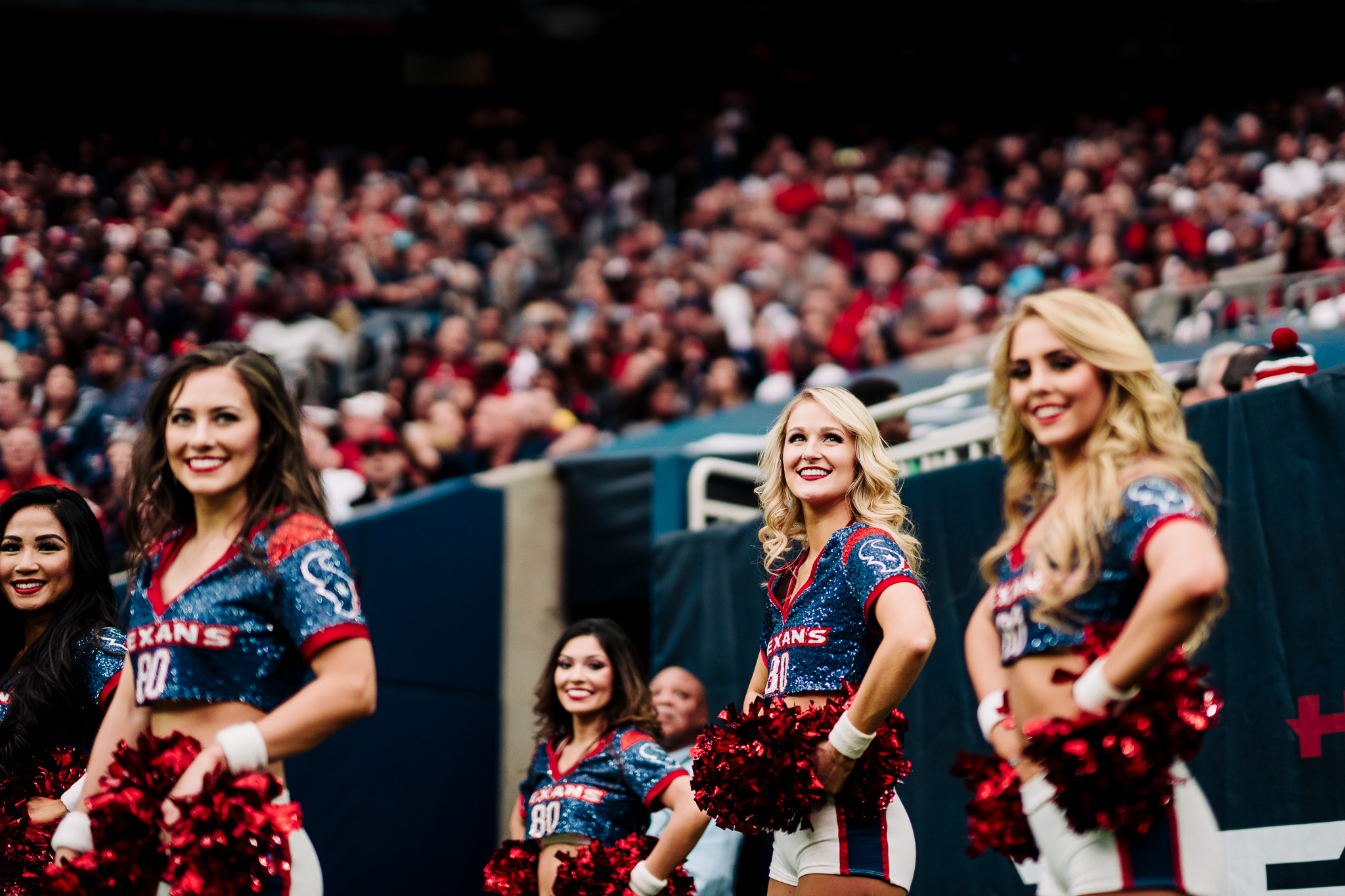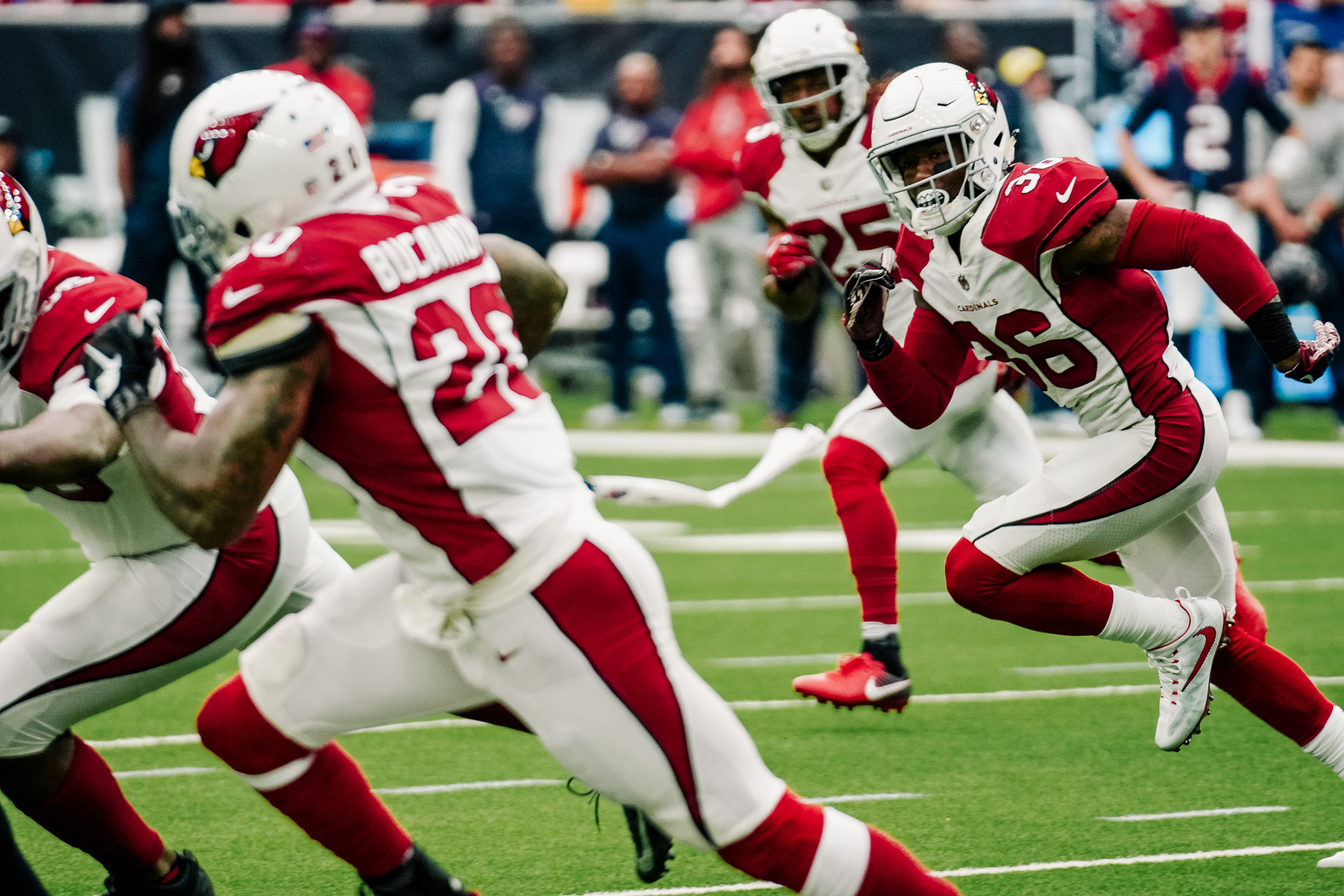Photographers will like the Nikon Z 14-24mm F2.8 S, which is a good addition to the company’s stable of high-end F2.8 zooms that delivers excellent picture quality in almost all situations. Both cameras use a 24MP full frame sensor with back-sided illuminated technology, which enables the individual pixels to be closer to the sensor surface and hence capture more light than a standard construction would allow. When compared to the A9, the A7 III chip has a front-end LSI that doubles the speed of the camera, but that is nothing in comparison to the A9.
The Sony A7R III is equipped with a 42.0MP Full frame (35.9 x 24 mm) BSI-CMOS sensor and a Bionz X processor, which is a first for Sony. The Sony A9, on the other hand, boasts a 24.0MP Full frame (35.6 x 23.8 mm) BSI-CMOS sensor and is equipped with a BIONZ X image processing engine. Both cameras include tilting displays, which allow you to adjust the angle of the screen to make it simpler to film from waist or above-the-head positions. Having said that, given the fact that you mentioned weddings, the A9 is the ideal TOG camera.

For certain users, this app alone may be worth the price of the whole collection – read on to find out more about this in our evaluation. If I ever “needed” a much higher quality photograph for whatever reason, I’d just stack and mix numerous photos in Photoshop to get the desired result. In contrast to the A9, which is intended for professional sports and wildlife photographers, the A7III is intended for amateur/hobby photographers and videographers. If you are especially interested in one or more of these areas, this section will rank and compare the Sony A7 III and Sony A9 across five major photographic genres to make your choice process simpler if you are considering purchasing one of these cameras. Another consideration is weight, which is particularly significant when choosing a camera that you will be carrying about with you all day.
Excellent low-light performance, excellent autofocusing, and a lot of the specifications are fairly close, if not the same as the previous model. Once we’ve gotten the entire electronic shutter thing out of the way, there’s really not much more to speak about save for a few minor distinctions. The A7 III can provide you with live view with blackouts up to 8 frames per second, while at 10 frames per second you will see the most recent picture captured.
However, since the S9 has a 2160p resolution, camera also has more focus points, allowing it to shoot video that is more crisp and detailed. The Sony A9 is capable of shooting fast-moving subjects at a frame rate of 20 frames per second. Because the Sony A7Riii has a 10 frames per second shooting speed, you can record more precise and realistic photographs with this gadget.
Both the Sony A7R III and the Sony A9 are equipped with sensor-based image stabilization, which implies that any lenses used with these cameras will be stabilized. According to CIPA regulations, the A7R III’s built-in image stabilization system is capable of compensating vibration up to 5.0 stops, whilst the A9’s IS system is only capable of compensating vibration up to 5.0 stops. Because the Sony A7R III and Sony A9 have sensors that are almost identical in size, none of them has a substantial edge over the other when it comes to controlling depth of focus when both are utilized with the same focal length and aperture.

The A9 is distinguished by the presence of a stacking dial for selecting the drive and focus modes, which can be locked and unlocked using a button in the center. In addition, it features a hard-wired LAN connection, although the A7r II does not have such a feature. The top view comparison between the Sony A7R III and the Sony A9 is now shown. I can’t remember ever “needing” anything even close to 24MP for any of my work in the recent past.

The battery in the Sony A9 and A7Riii cameras can keep a charge for up to 650 shots on a single charge. This battery life is sufficient for every purpose, thus you may confidently snap photographs without having to worry about the battery life. Its EVF feature may load additional information, such as the focusing, onto the display. However, despite the fact that the A7r III is a more modern model and is equipped with one of the greatest full-frame sensors available, it is still more than $1000 less expensive than the A9, which has a retail price of around $4500 US. A7r II has a 5.5-stop compensation rating according to CIPA standards, but the A9 only has a 5-stop compensation rating.
When Sony added SLOG and PP to the A9, I would have bought another one straight away, but….ah, well. Print After a normalization phase, which turns all photos, regardless of their original resolution, to an 8Mpix image, this page provides the print performance measurement numbers and graph produced from a RAW image. A standard 300dpi 8″x12″ format has been used for printing, which corresponds to about the physical size of an 8Mpix picture printed at 100 percent magnification.

Naturally, you can also record in 35mm format, however we haven’t had a chance to test how excellent the picture is while using higher ISO settings. In comparison to its predecessor, the image quality was not very excellent above ISO 800 owing to the high resolution and line skipping.) Sensitivity settings are available in the range of 100 to ISO 204800. Because each point carries R, G, and B information, the final picture has higher color accuracy, resolution, and texture reproduction than a conventional image. Given the time between photos, it can only be utilized for subjects that remain still. It is possible to utilize Sony A-mount lenses with focal plane phase detection autofocus on either camera by putting the LA-EA3 adapter on the camera.
DxoMark has conducted tests on the Sony A7 III and Sony A9 cameras’ sensors. A camera sensor’s color depth, dynamic range, and low-light sensitivity are all evaluated by DxoMark, which also provides an overall score for the sensor. The A7 III has received a score of 96, which is four points more than the A9, which is the other camera in this comparison. Even when the camera is moving, the image stabilization capabilities help to eliminate blurriness in the pictures and provide clear, sharp, and crisp photographs. So if you are a beginner photographer or suspect that your hand shakes while holding the camera, this will be of assistance to you.
As a result, you’ll be able to catch many more ‘good’ keeper images, as I previously said. The A7III, on the other hand, supports SLOG and PP for video as well as higher frame rates with mechanical shutter, which is impressive considering it is a less expensive camera. If the A7SIII is still a few weeks out, this will be my second Sony camera.
